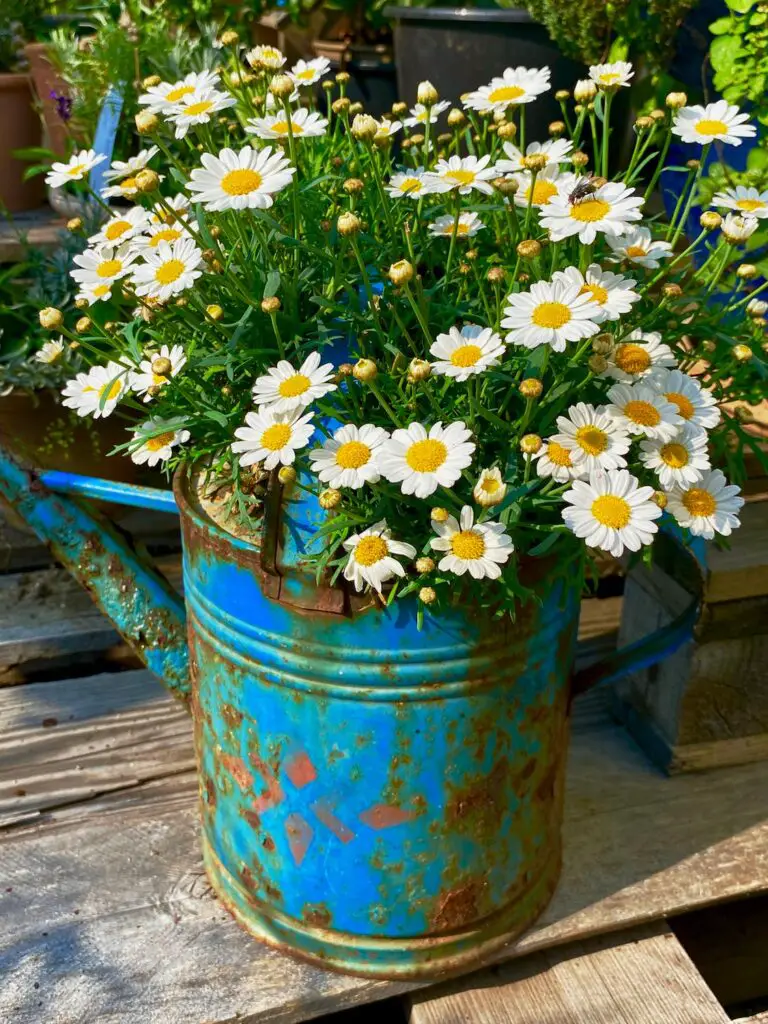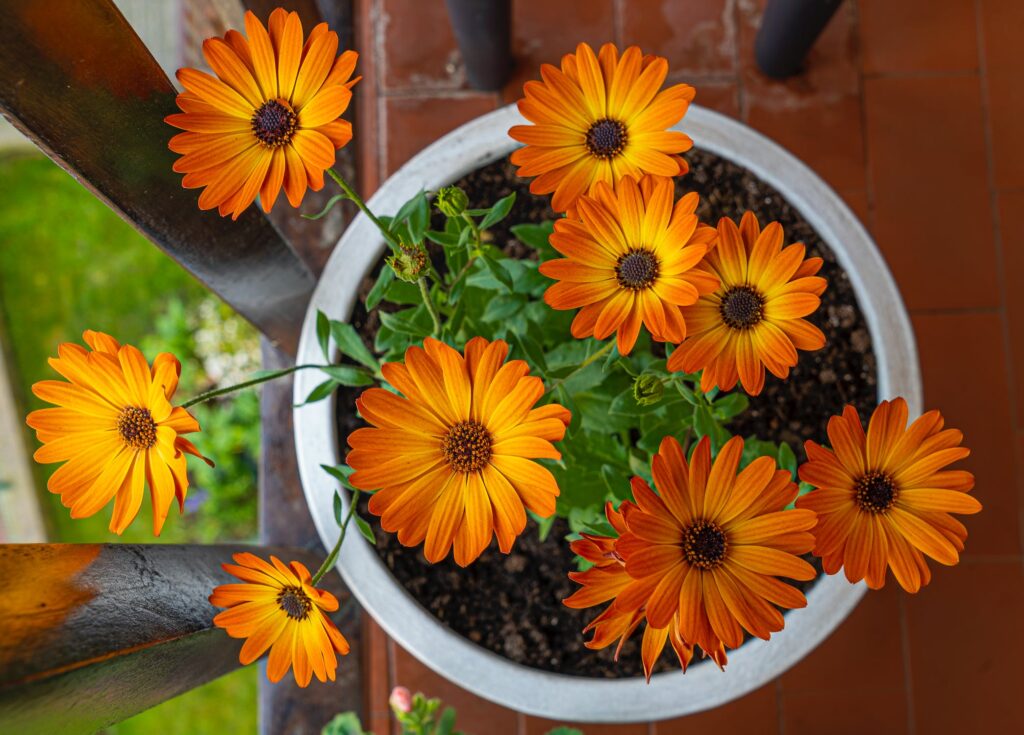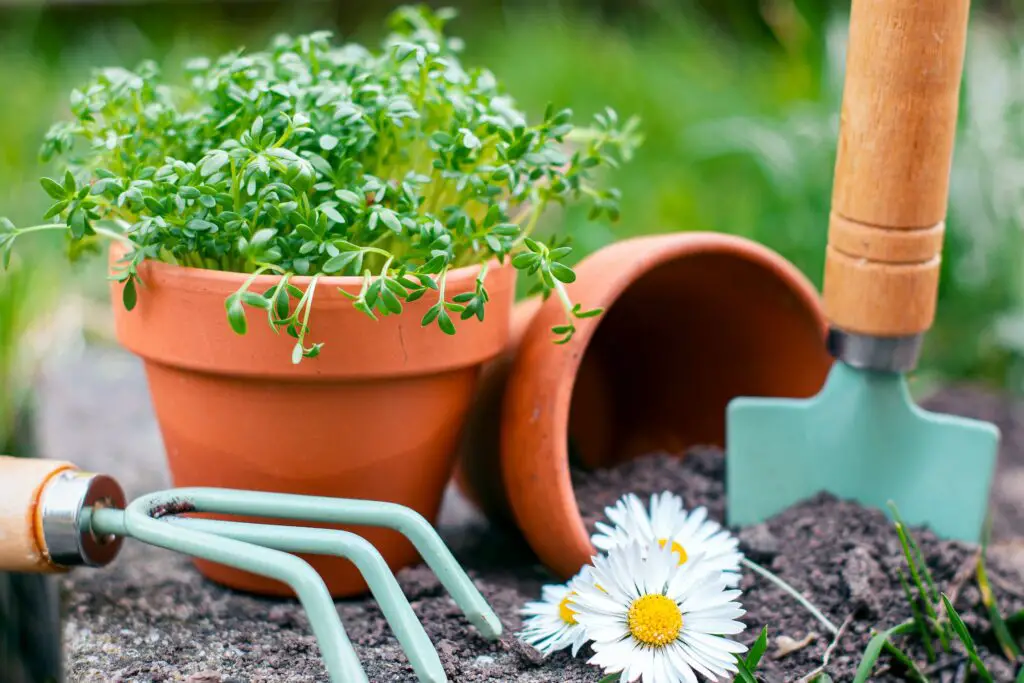Gerbera daisies are popular plants that are widely grown as garden plants, but they can also be grown as houseplants. These plants are easy to grow and care for, and they produce bright and cheerful blooms that can last for weeks or even months. If you are looking for a plant that can brighten up your home or office, Gerbera daisy may be the perfect choice for you. In this article, we will discuss everything you need to know about growing and caring for Gerbera daisies as houseplants.
Table of Contents
Introduction to Gerbera Daisy
Gerbera daisies are native to South Africa, but they are now widely cultivated all over the world. They are known for their bright and colourful blooms, which come in shades of yellow, orange, pink, red, and white. Gerbera daisies are also known as Transvaal daisies or African daisies. They are members of the Asteraceae family, which includes other popular garden plants like sunflowers, chrysanthemums, and daisies.
Gerbera daisies are herbaceous perennials, which means they die back to the ground each year but re-emerge in the spring. They are typically grown as annuals in colder climates, but in warmer areas, they can be grown as perennials.


Why Grow Gerbera Daisy as Houseplants?
Gerbera daisies are a great choice for houseplants for several reasons. First, they are relatively easy to grow and care for, even for beginners. They don’t require a lot of maintenance, and they can bloom for months at a time.
Second, Gerbera daisies are known for their bright and cheerful blooms, which can add a splash of colour to any room. They come in a wide range of colors, so you can choose one that matches your decor or personal style.
Finally, Gerbera daisies are also known for their air-purifying properties. They can help remove toxins like formaldehyde, benzene, and trichloroethylene from the air, which can improve indoor air quality and make your home or office healthier.
How to Grow Gerbera Daisy as Houseplants
If you want to grow Gerbera daisies as houseplants, there are a few things you need to keep in mind. Here are the basic steps for growing Gerbera daisies indoors:
Step 1: Choose the Right Location
Gerbera daisies need bright, indirect light to thrive. They should be placed in a location that receives at least 6-8 hours of bright, indirect sunlight each day. If you don’t have a location that gets that much light, you can supplement with artificial light. LED grow lights are a good option for indoor gardening, as they provide the right spectrum of light for plant growth without generating a lot of heat.
Step 2: Select the Right Container
Gerbera daisies prefer well-draining soil, so make sure you choose a container with drainage holes. A pot with a diameter of 6-8 inches (15-20 centimetres) is a good size for a single Gerbera daisy plant. You can also choose a decorative pot to match your decor, but make sure it has drainage holes or add a layer of rocks at the bottom to improve drainage.
Step 3: Planting the Gerbera Daisy
Fill the container with a well-draining potting mix. You can also mix in some perlite or vermiculite to improve drainage. Remove the Gerbera daisy from its original container and gently loosen the roots. Place the plant in the new container and fill in any gaps with soil. Make sure the soil is level with the top of the container and gently pat it down. Water the plant thoroughly, making sure the soil is evenly moist.
Step 4: Watering
Gerbera daisies like to be kept evenly moist, but they don’t like to be waterlogged. Water the plant when the top inch of soil feels dry to the touch. Water the plant deeply, allowing the water to soak into the soil. Make sure the pot has drainage holes to allow excess water to drain away. Avoid getting water on the leaves, as this can cause fungal diseases. If water does get on the leaves, use a paper towel to gently blot it away.
Step 5: Fertilising
Gerbera daisies need regular fertilisation to promote healthy growth and blooming. Use a balanced fertiliser, such as a 10-10-10 or 20-20-20 formula, and apply it every 2-4 weeks during the growing season. Follow the instructions on the fertilizer package for the recommended amount to use. Over-fertilising can damage the plant, so be careful not to use too much.
Step 6: Pruning
Gerbera daisies don’t need a lot of pruning, but you can pinch off spent blooms to encourage more flowering. You can also remove any dead or yellowing leaves to keep the plant looking tidy. If the plant becomes leggy or overgrown, you can cut it back to encourage new growth. Make sure to use clean, sharp pruning shears to avoid damaging the plant.

Common Problems and Solutions
Like all plants, Gerbera daisies can experience a few problems when grown as houseplants. Here are some common problems and their solutions:
- Powdery Mildew: This is a fungal disease that can appear as a white powdery coating on the leaves. It is caused by high humidity and poor air circulation. To prevent powdery mildew, make sure the plant has good air circulation and avoid getting water on the leaves. You can also use a fungicide to treat the plant if necessary.
- Root Rot: This is a fungal disease that is caused by overwatering and poor drainage. To prevent root rot, make sure the soil is well-draining and don’t water the plant too frequently. If you suspect root rot, you can try to save the plant by removing it from the pot and trimming away any brown or mushy roots. Repot the plant in fresh soil and reduce watering.
- Pest Infestations: Gerbera daisies can be susceptible to aphids, mealybugs, and spider mites. To prevent infestations, keep the plant clean and free of debris. You can also use insecticidal soap or neem oil to treat infestations if they occur.
Conclusion
Gerbera daisies are a beautiful and easy-to-grow plant that can add a splash of colour to any room. They are relatively low-maintenance and can bloom for months at a time. If you are looking for a houseplant that is both beautiful and beneficial, Gerbera daisies are an excellent choice. Just remember to provide them with bright, indirect light, well-draining soil, and regular watering and fertilisation. With a little care and attention, your Gerbera daisy can thrive and brighten up your home or office for months to come.
